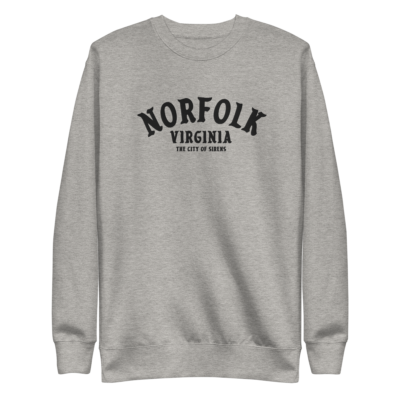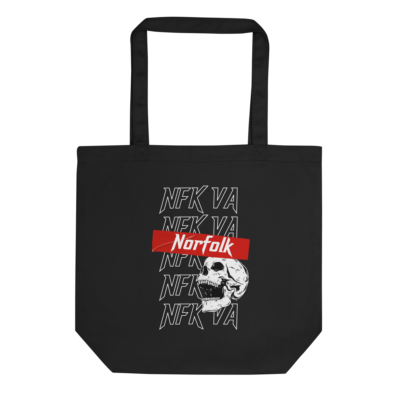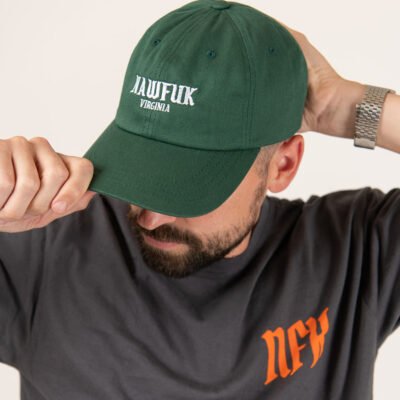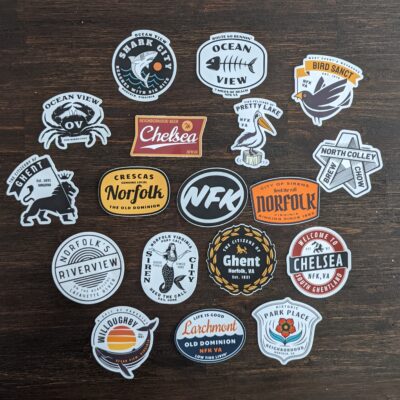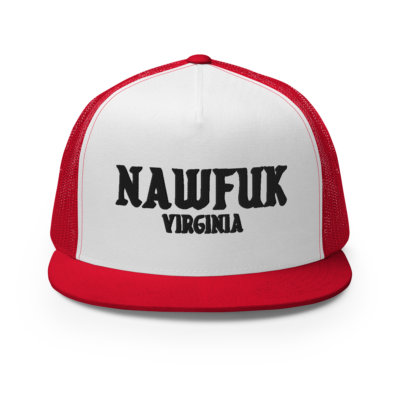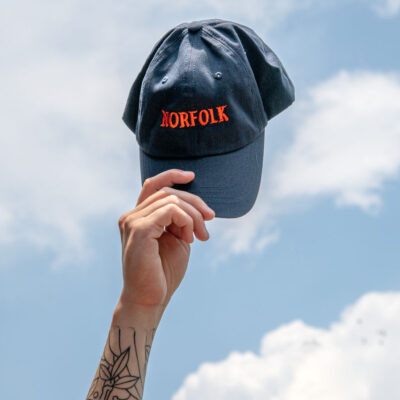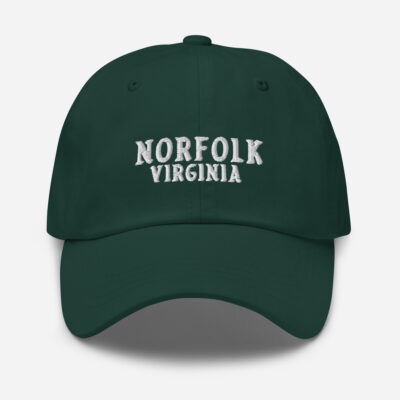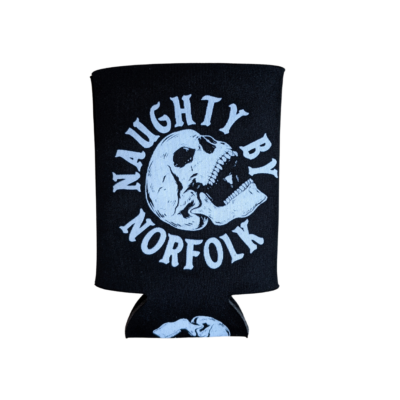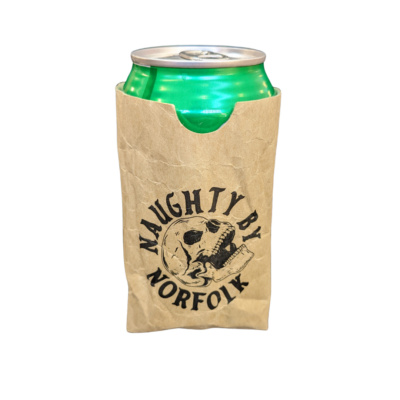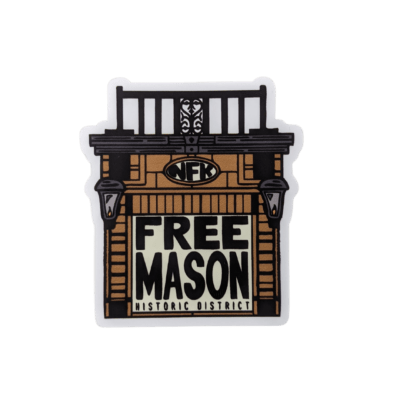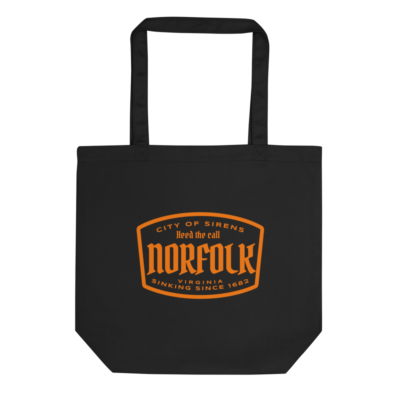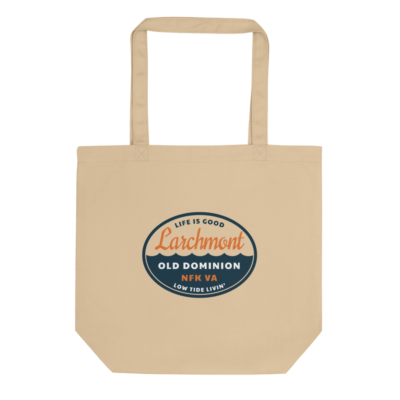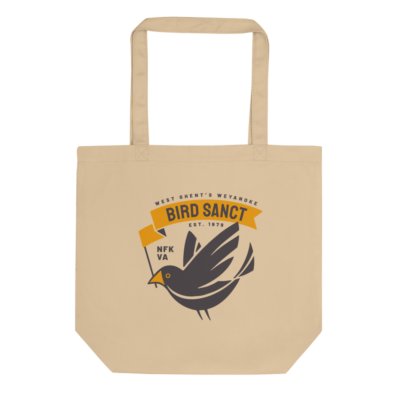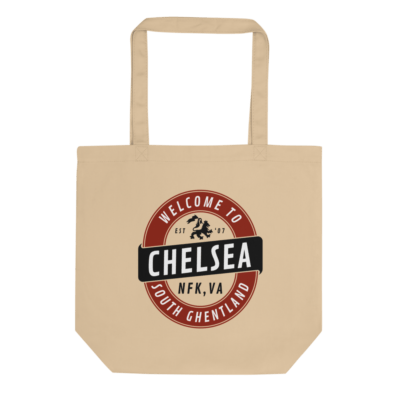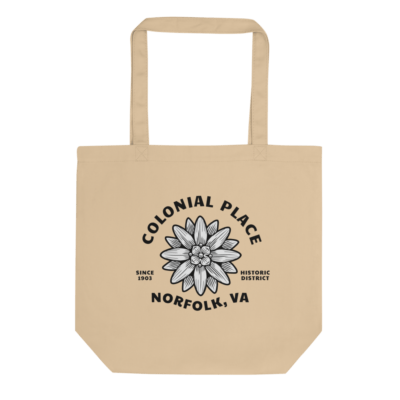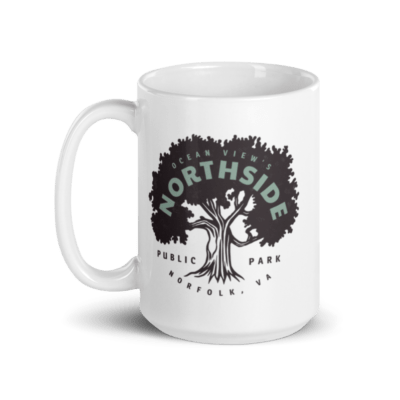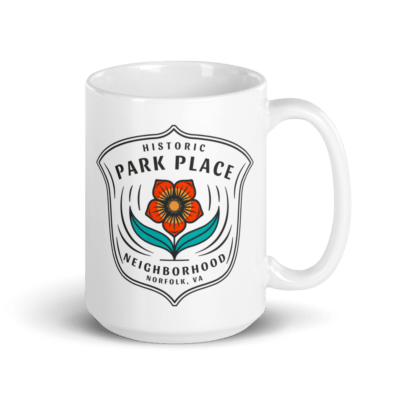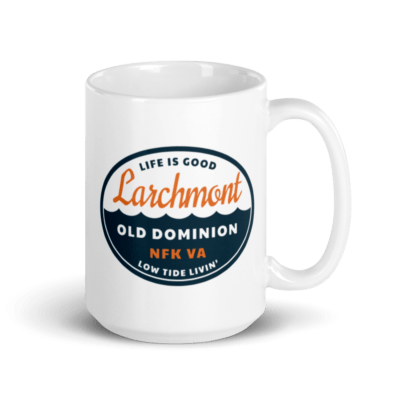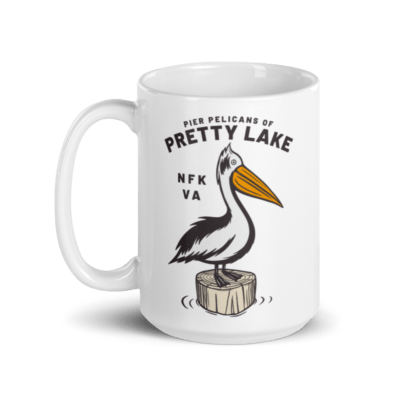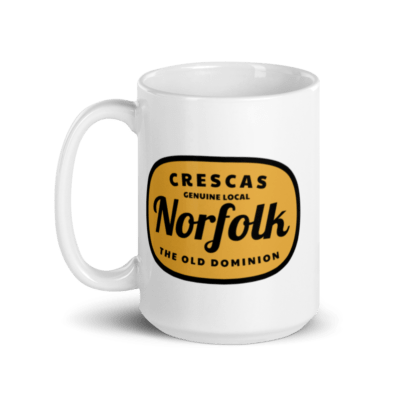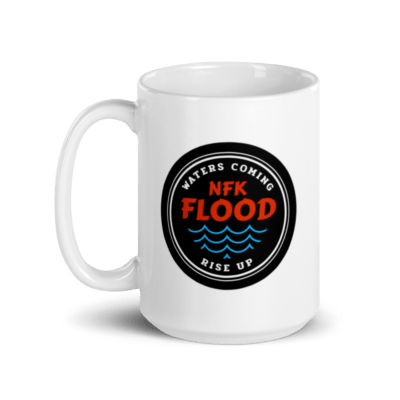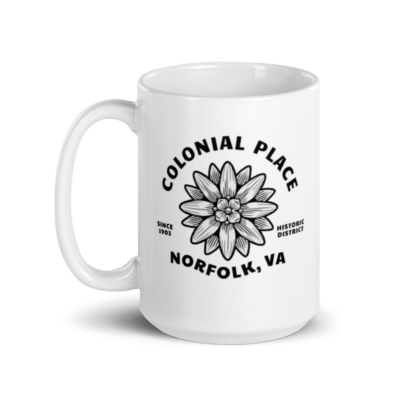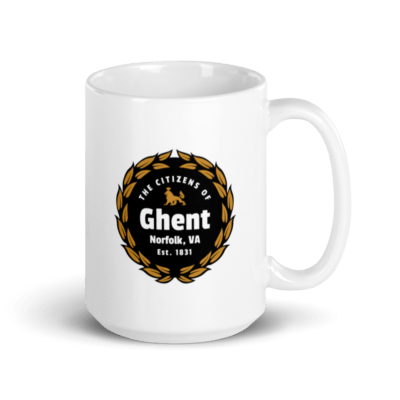No matter the neighborhood, the beautiful purple, pink, and red blooms of Crape Myrtle trees adorn nearly every block of Norfolk. Whether you find them attractive or made the mistake of parking your car underneath one in the spring (hello, sticky, sappy mess), their abundance is undeniable and unique. While they may be plentiful, they are not native to this area or even this continent – they were initially brought to the United States from China in the 1790s. So how did Norfolk end up with so many? As it turns out, we can thank one man named Frederic Heutte for our colorful canopy.
Fred Heutte was born in Paris, France in 1899 and moved to the United States at age 12. After stints in the army, New York, and Charlottesville, he relocated to Norfolk and crossed paths with then-city manager Thomas L. Thompson in 1936. They firmly believed Norfolk’s climate could support an azalea garden to rival even the grandest one in Charleston, SC, and bring with it more tourism. The city received a grant from the Works Progress Administration and set aside 75 acres of land to establish the Norfolk Botanical Garden in 1938. The following year, he was appointed as Norfolk’s first Director of Parks and Forestry, a position he kept for 30 years.
Heutte had a vision for Norfolk. He saw the entire city as a garden and wanted Norfolk to be as majestic a city as any in the South. It all started on Ballentine Boulevard – Fred went door-to-door encouraging neighbors to join his efforts in planting crape myrtles. Soon, other streets followed Ballentine’s example, and by 1952 there were 1,000 new crape myrtle trees planted every year.
We are lucky that Mr. Heutte was such a champion of tree planting. Aside from adding beauty to our streets, trees help clean the air and keep us (and our homes) cooler in the summer. Statistically, neighborhoods with more trees have higher property values and lower crime rates. Trees are natural stormwater retention devices – a single fully grown tree can absorb thousands of gallons of water per year, helping to improve water quality and alleviate stormwater flooding – something that we’re all too familiar with here. Research even shows that trees and urban nature can measurably reduce stress, improve academic performance, and help to moderate the effects of ADHD. For every $1 spent on urban tree planting and care, the city sees $5.60 in benefits. With an ROI like that, you can’t afford not to plant a tree!
The City of Norfolk has adopted a Green Infrastructure Plan that recognizes those benefits and has made it a goal to increase the tree canopy throughout the city to 30% coverage over the next 20 years. According to the plan, Norfolk is currently at just about 26% canopy coverage. To reach that goal, approximately 2,000 trees need planting each year. That seems manageable, right? It could be – except that the city can’t plant trees on private property, so the bulk of new trees will have to be planted by regular Norfolkians. There are plenty of ways to get involved – Keep Norfolk Beautiful and Friends of Norfolk’s Environment host an annual tree giveaway, and if you have room in front of your house, you can request that the city plant a street tree.
So, when you’re going around the city and you see those telltale red and pink buds, you can thank Mr. Heutte for knocking on doors on Ballentine Boulevard eight decades ago. His legacy is the result of a citywide effort, one that citizens of Norfolk can be proud of and hopefully sustain for generations to come. Arbor Day may have been last month, but it’s always a good time to plant a tree.

Hank Morrison
Ellsworth, NFK
Hank Morrison moved to Norfolk in 2018 after completing his Master’s in Urban and Environmental Planning at UVA. He enjoys running on the ERT, Oregon Ducks football, and mid-century architecture. Hank lives in Ghent with his girlfriend and her blind dog, who is also named Paul.
References
A Green Infrastructure Plan for Norfolk. City of Norfolk, June 2018, https://www.norfolk.gov/DocumentCenter/View/38224/PH-3-Amend-plaNorfolk2030—Adoption-of-Green-Infrastructure-Plan?bidId=.
Beatley, Timothy. Biophilic Cities. Island Press, 2011.
Bender, Steve. “History of Crepe Myrtles in the South | Southern Living.” Southern Living, Southern Living, 18 Feb. 2010, https://www.southernliving.com/home-garden/gardens/southern-gardening-crepe-myrtle-history.
“Celebrate Trees | City of Norfolk, Virginia – Official Website.” City of Norfolk, Virginia – Official Website | Official Website, City of Norfolk, 23 May 2021, https://www.norfolk.gov/235/Celebrate-Trees.
“History – Norfolk Botanical Garden.” Norfolk Botanical Garden – Virginia’s Largest Botanical Garden, Norfolk Botanical Garden, 23 May 2021, https://norfolkbotanicalgarden.org/about-us/history/.
McPhillips, Peggy. “Frederic Heutte (1899-1979).” Norfolk Public Library, Norfolk Public Library, 23 May 2021, https://www.norfolkpubliclibrary.org/home/showdocument?id=306.
“MillionTreesNYC – Benefits of NYC’s Urban Forest.” MillionTrees NYC, City of New York, 23 May 2021, https://www.milliontreesnyc.org/html/urban_forest/urban_forest_benefits.shtml.
“Oral History Interview with Mr. Fred Heutte.” Fred Heutte Center, Friends of Fred Heutte Foundation, 2003, http://www.genserva.com/fhcgarden/.
“Stormwater to Street Trees.” Environmental Protection Agency, Environmental Protection Agency, Sept. 2013, https://www.epa.gov/sites/production/files/2015-11/documents/stormwater2streettrees.pdf.




